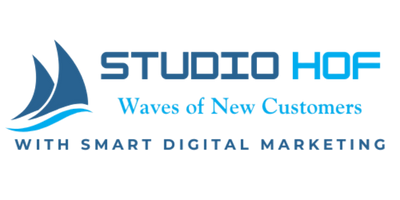There are dozens of ways visitors can find your website, and generally speaking, this traffic flow is divided into 2 categories; organic and paid traffic.
Organic traffic usually refers to visitors who found your company naturally on the search engine results pages such of Google, Yahoo, and Bing. In a broader sense, organic traffic may also come from referrals or social media as long as it was not a result of any paid advertising.
Paid traffic, as the name implies, occurs when someone visits your webpage as a result of clicking on some type of paid advertising which has been displayed on any number of online platforms. In the simplest terms, any time there has been an exchange of money for the traffic, it can be classified as paid traffic.
If you were to ask people if they knew what paid traffic was, many people would probably respond with Google Ads (formerly Google AdWords). Since Google is the number one platform most people go to when searching for things on the Internet, they have most likely seen Google Ads. They are usually displayed in the first 3 or 4 positions of the search engine results pages as well as the bottom of the page. This is commonly known as PPC or Pay-Per-Click because advertisers are only charged when someone clicks on the ad.
In this advertising environment, the types of text-based ads that are displayed are usually very relevant to the search term someone has typed in. You will often see offers for similar products from competitors that also provide the product or service you are looking for. The goal of the search engines is to provide the end-user with more options and hopefully a better overall experience.
In this scenario, Google is the undisputed king in search advertising and they generate in excess of $100 billion per year, so they have become quite good at it. Microsoft Advertising (formerly Bing Ads) also offers search advertising on their pages, but they are a considerably smaller player.
Facebook advertising is the 2nd most popular platform, although its business model is different because it is not based on search. We will discuss this in more detail in another article, but here is a brief overview. On Facebook pages, ads may appear in the desktop News Feed or the mobile News Feed. They can also appear in the right column. However, these column ads are only shown to people browsing Facebook on their computers.
Facebook ads can also be displayed in Instant Articles within the Facebook mobile app and Messenger, as well as stories on Facebook and Instagram (which Facebook owns), and in the Facebook Marketplace.
Another very popular paid advertising strategy is called banner ads or display ads. Anyone who has ever been on the Internet has seen these ads on most webpages they have ever visited. These are the image-based ads that appear at the top of the page in the header area, in the sidebar, within the body text, and in the footer.
Display advertising started out as static (still) images, but have become more sophisticated to include animations or other types of movement to catch the viewer’s attention. With the rise of high-speed Internet and the popularity of smartphones, video-based ads have become significantly more prominent. They often perform better due to the nature of the highly engaging content.
If you would like to discuss your company’s goals, and how these marketing techniques can help you reach your desired outcomes, please give us a call today. We would love to can learn more about your business and what you would like to achieve so we can make the best recommendations.


Recent Comments